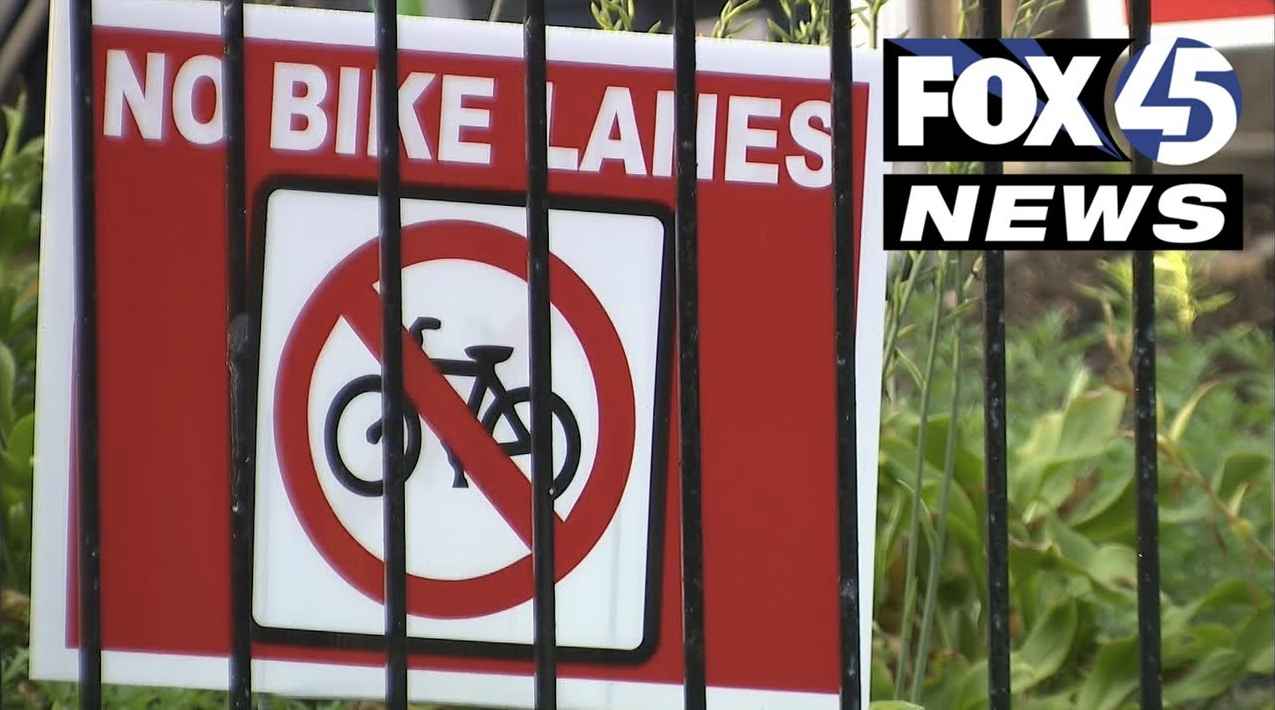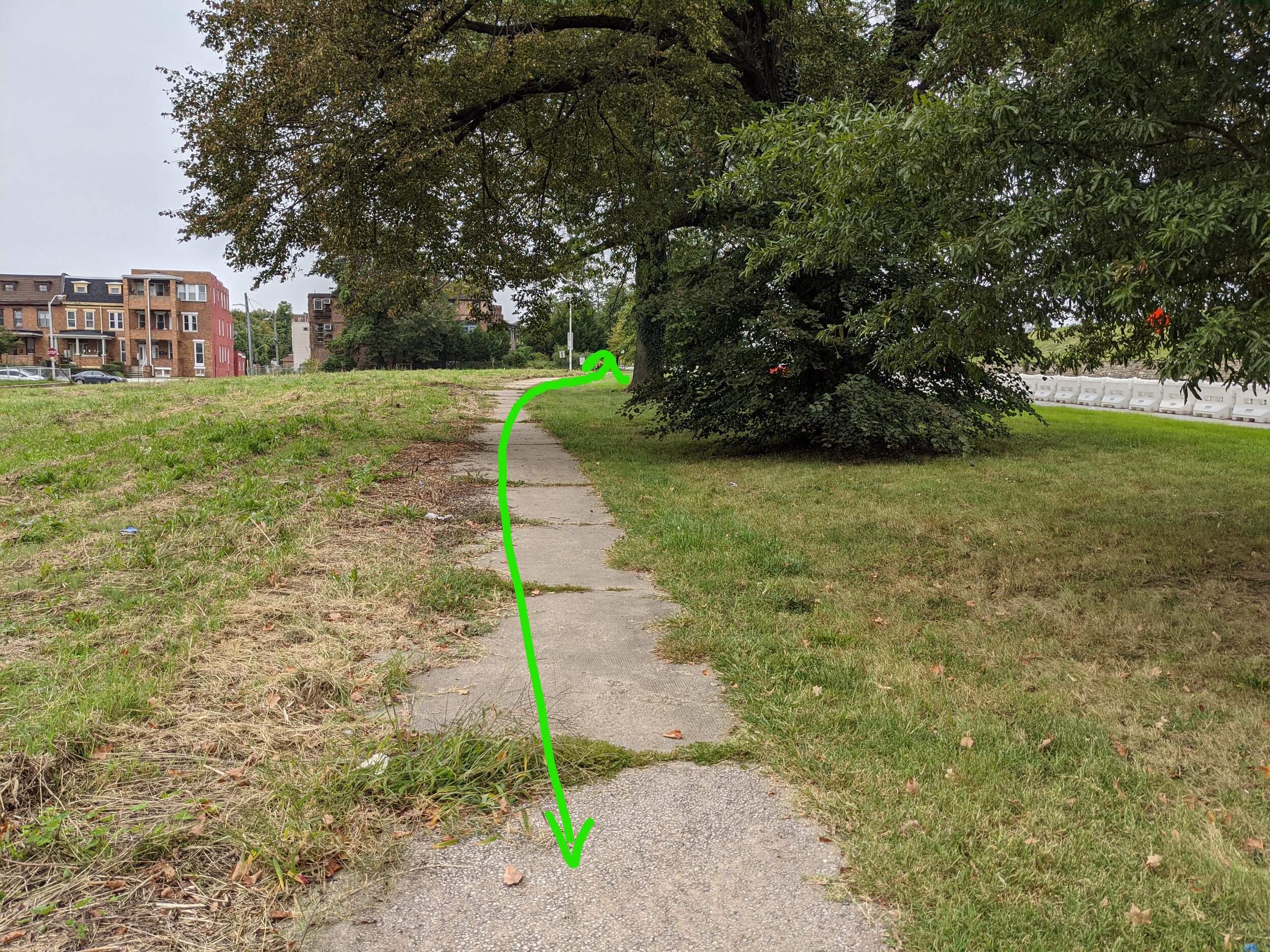Polling conducted by our fellow advocates at The Central Maryland Transportation Alliance and Rails to Trails Conservancy in the weeks before the May primary election shows Baltimoreans want safer streets infrastructure and more transportation options.
79% say it's important to have trails in your neighborhood
71% say it's important to run MTA buses every 30 minutes or better
64% say bike lanes benefit people
58% say they'd be more likely to vote for a candidate who prioritizes trails
55% say it's important to build the Baltimore Red Line
A majority want to "Increase the number of dedicated bike lanes in Baltimore City" and "Build the projects in the Baltimore City Bicycle Master Plan."
Digging deeper into the data tells an even more compelling story.
Support for bike lanes is stronger from Black respondents (64%) and Latino respondents (74%) than white respondents (62%).
In addition to ensuring respondents reflected Baltimore's overall demographics, the poll ensured half of city residents were in zip codes adjacent to proposed trail facilities (such as the neighborhoods surrounding Gwynns Falls Parkway, 33rd Street, Chinquapin Run, and the Middle Branch).
Despite this focus on sampling these neighborhoods--places a few oppositional voices often point to as examples of where infrastructure is not wanted--only 4% of respondents oppose the Baltimore Greenway Trails Network.
The message from this poll and the subsequent primary election is clear: Baltimoreans are ready for safer streets infrastructure and transit investments.
They want to see the Baltimore Greenway Trails Network and the Separated Lane Network Plans implemented.
We encourage you to read the full Medium post from Central Maryland Transportation Alliance, which contains the survey methodology and more data on resident desires to re-prioritize our regional funding away from highways and toward biking, walking, and public transit.











